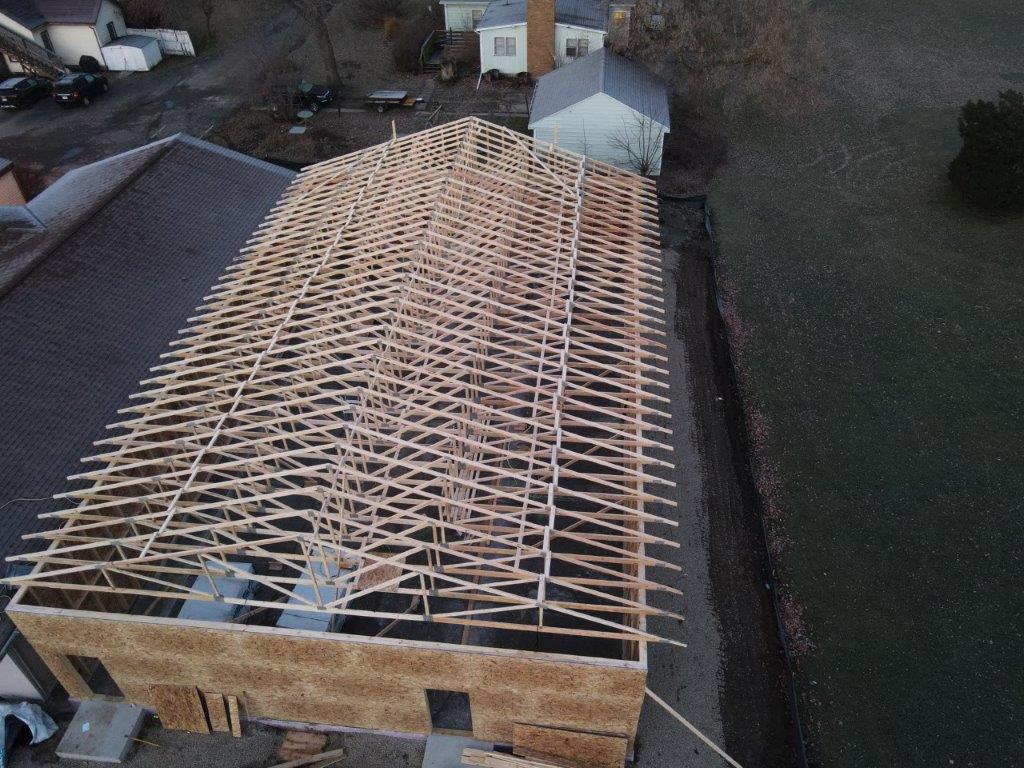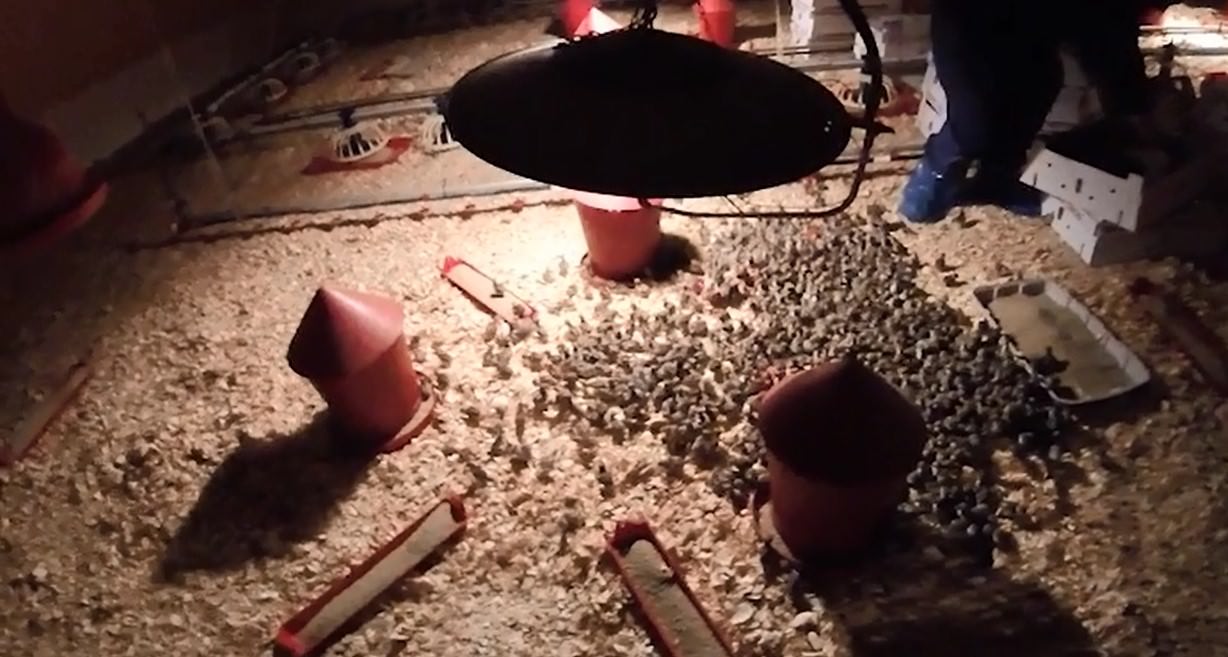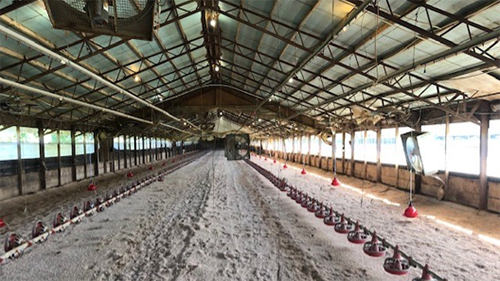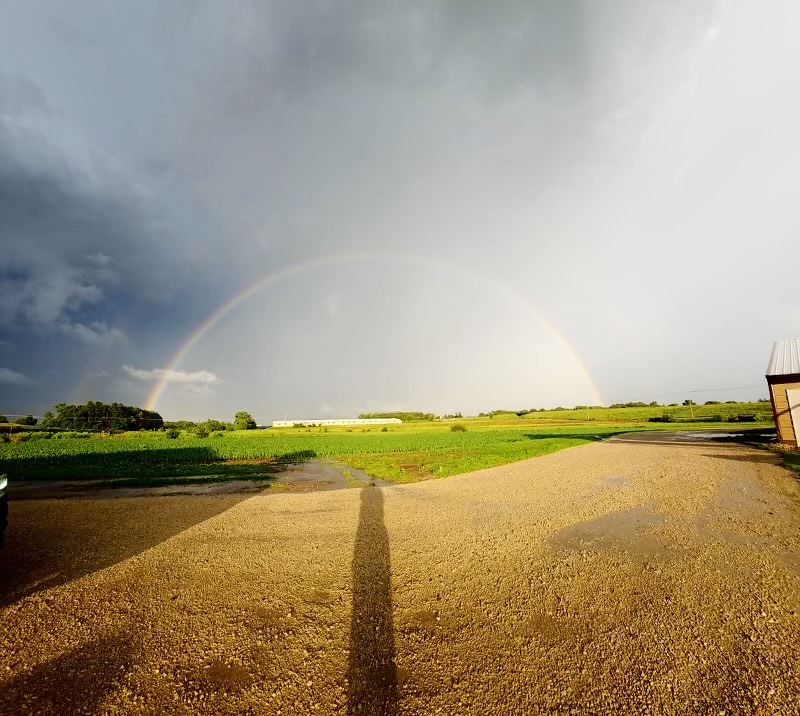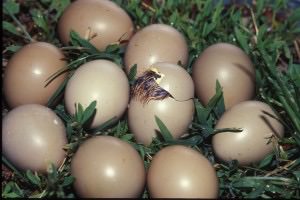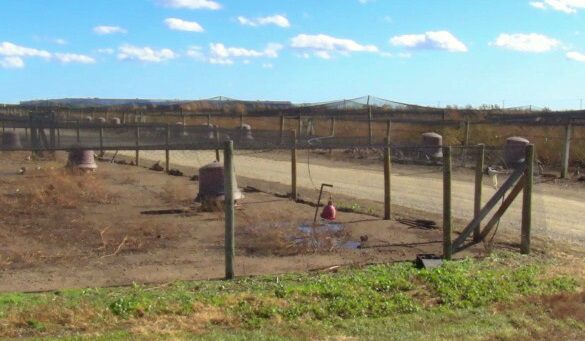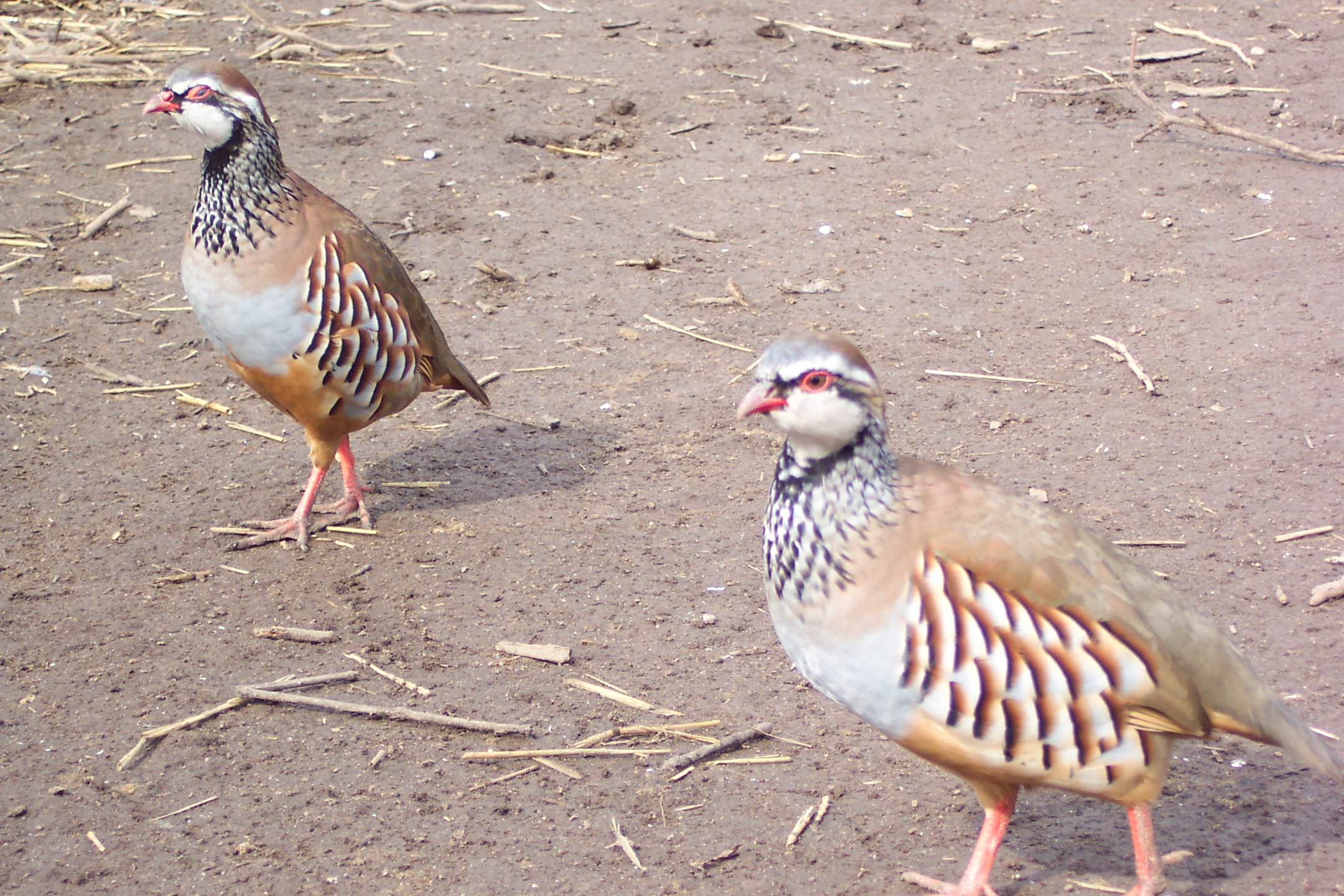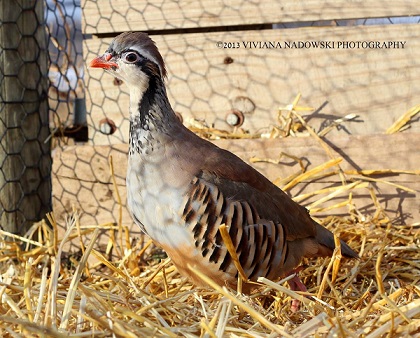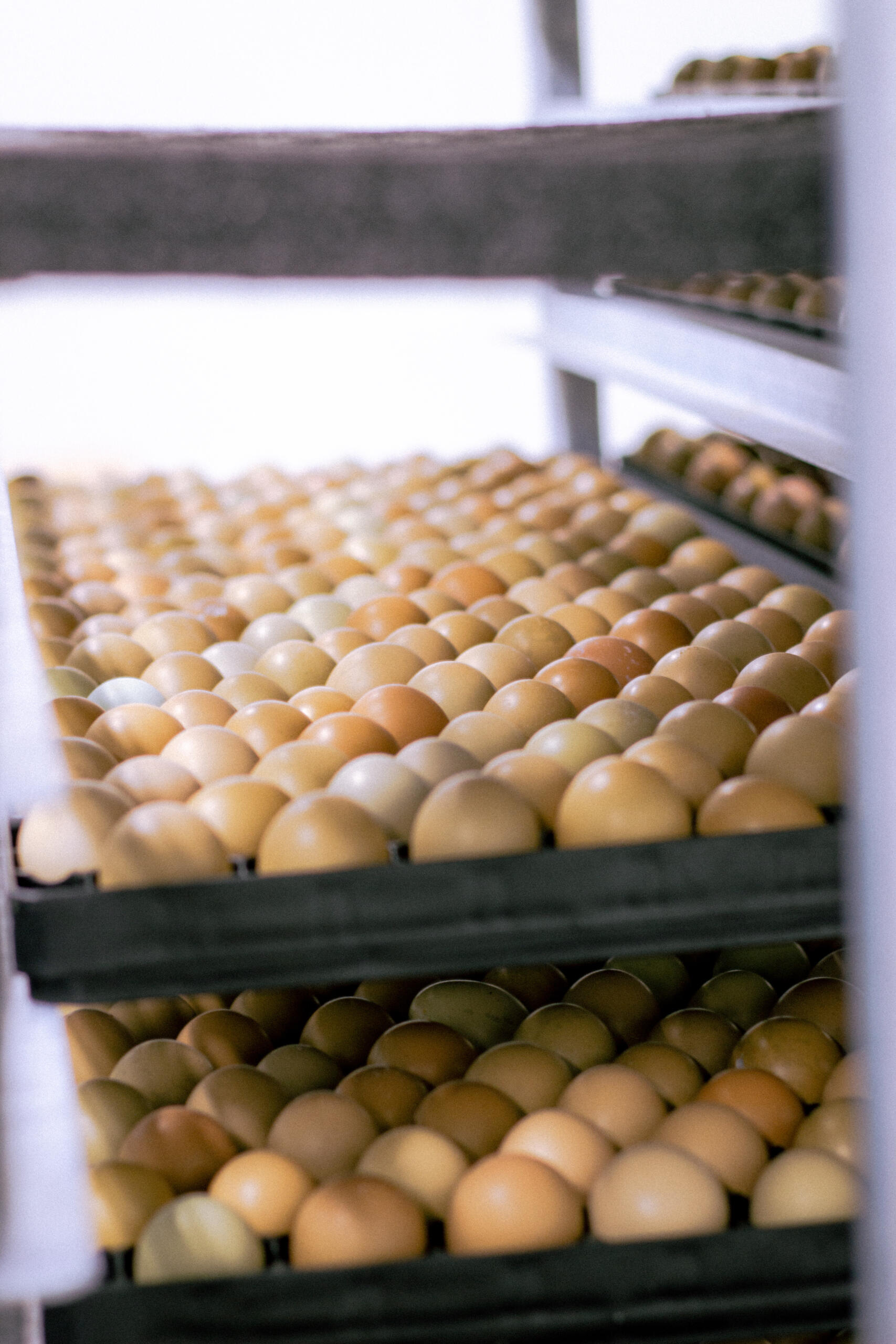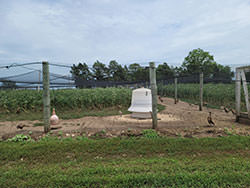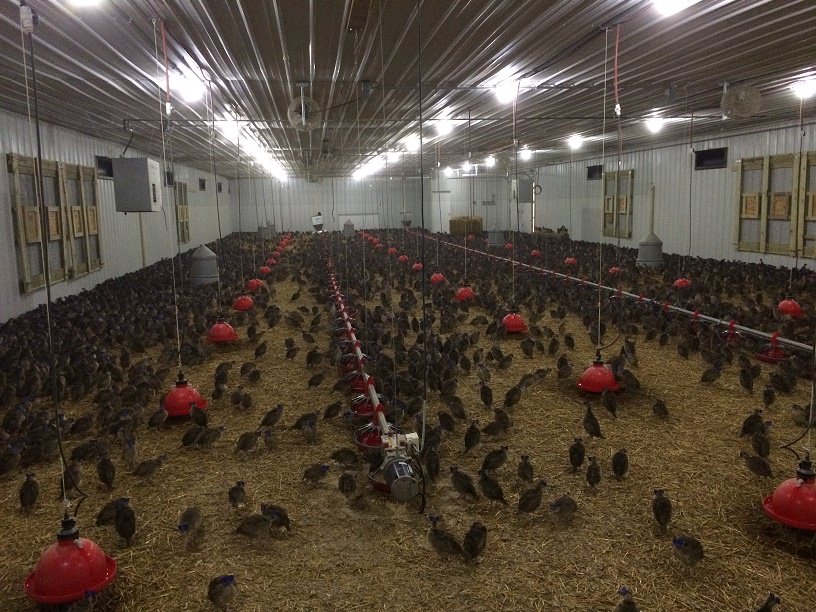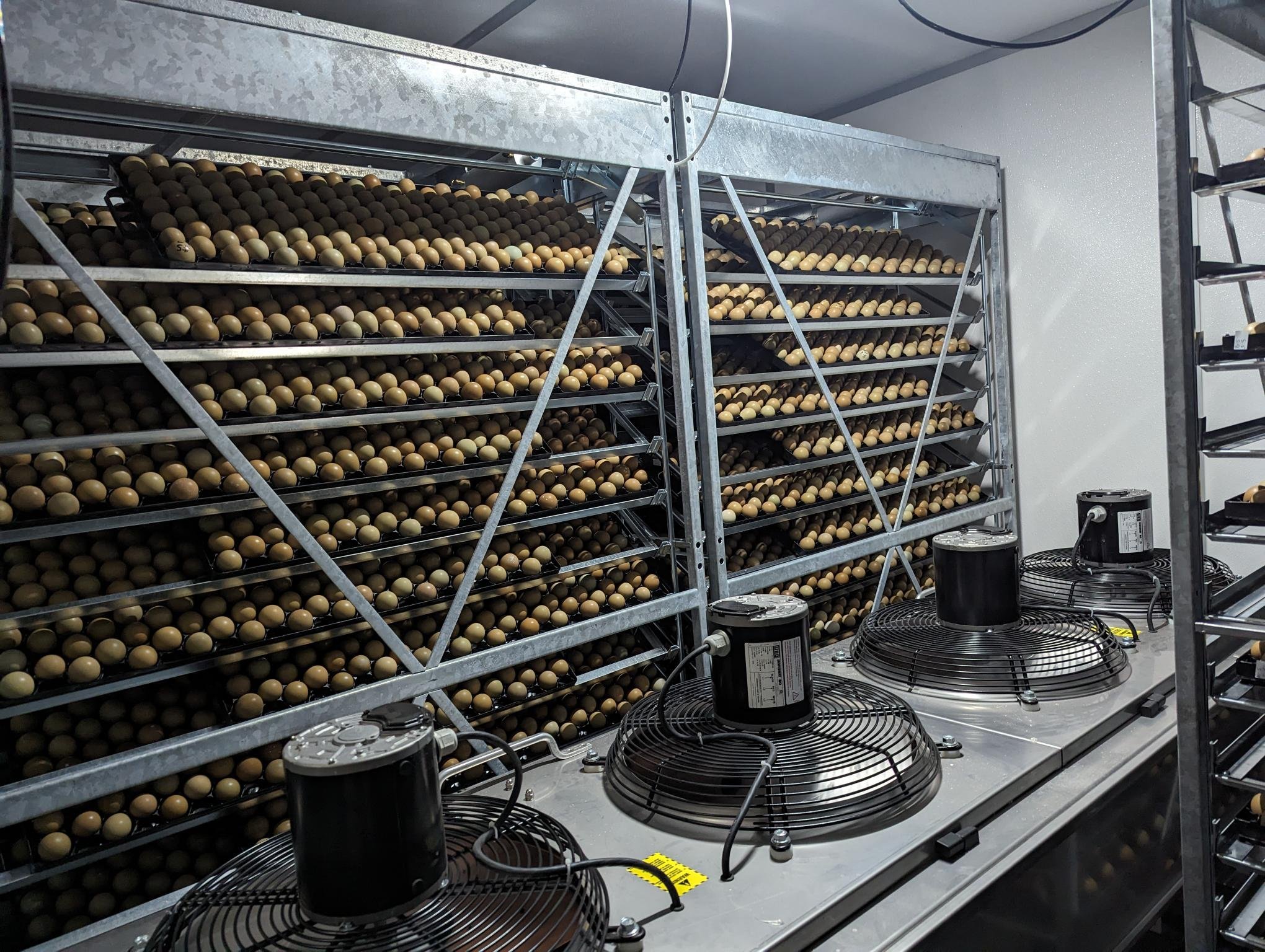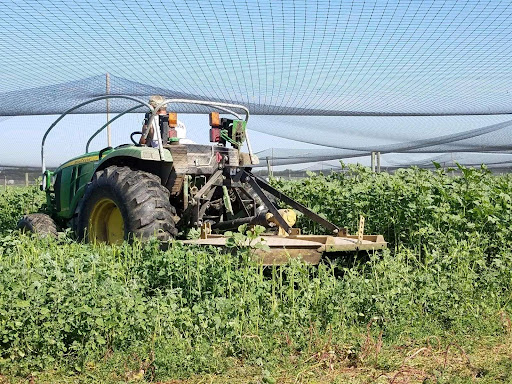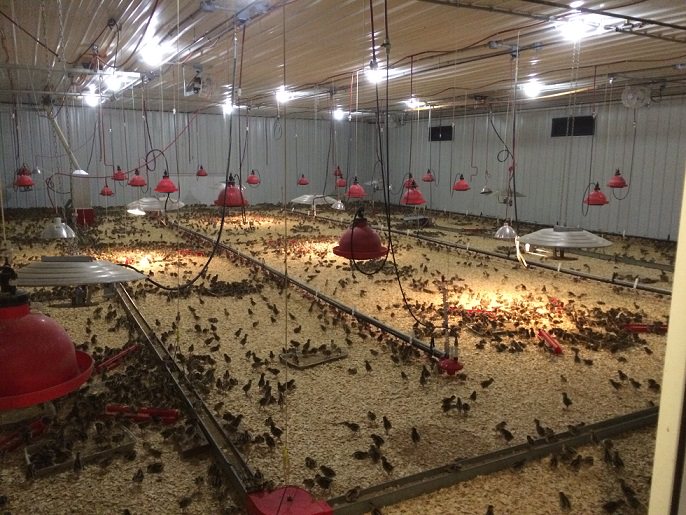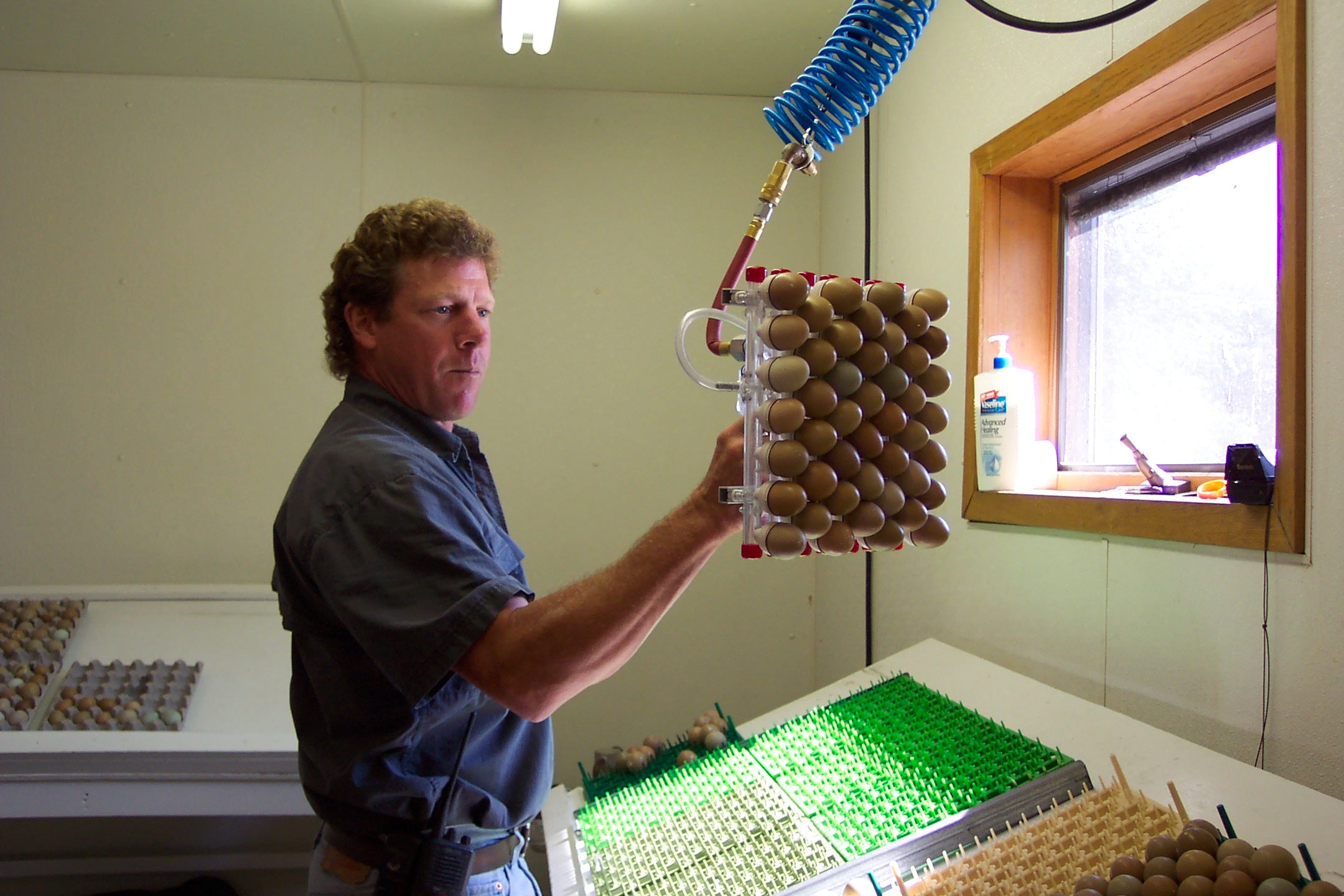New Brooder Barn Construction
Years ago, we found ourselves in a situation of needing more brooder barn space, and lucky for us we were able to rent one within a mile of the main farm. Well, we recently were told the barn had been sold, and not only that, it was going to be [...]
Read Post
The Importance Of Feed And Water Space
At MacFarlane Pheasants, our approach to pheasant rearing is based on science and refined by experience. Nowhere is that more apparent than the care we take in the brooder barns, where we’ve developed time-tested ratios to ensure that every bird has a place at the feed and water stations. Everything [...]
Read Post
The Effect of Light Levels on Developing Birds
As chicks grow into adult birds, their light requirements should change. It’s not just for convenience; higher light means the birds are more active, and active older birds fly into walls, injuring themselves. At MacFarlane Pheasants, we’ve learned how to adjust the levels accordingly. By manipulating light levels, you can [...]
Read Post
Ventilation in the Brooder Barns
Fresh air is a must in the brooder barns for MacFarlane Pheasants’ chicks and juveniles. Consistent airflow dumps carbon dioxide and brings in oxygen for the birds to breathe. Fresh air also cuts the humidity, which, if left unchecked, can allow mold to grown and respiratory ailments to form. But [...]
Read Post
Spring Rains on Pheasant Heads
It has been a wet Wisconsin spring, to say the least. We’re only two-thirds of the way through June and already we’ve received our monthly average of rain in full. When it rains, it pours, like they say. But though the rain can make life difficult, it’s something MacFarlane Pheasants [...]
Read Post
Egg Laying Is For The Birds
A pheasant farm looks before it leaps. At MacFarlane Pheasants, our season’s full-grown birds hopefully are sold before they’re even a twinkle in their mother hens’ eyes. And like Match.com, we arrange the meeting—the senior prom, if you will—for a large variety of pheasant bloodlines based on what you the [...]
Read Post
We’re building more pens
Our “main” farm (where our office is located and our maintenance shop, etc) was acquired by my dad from John Lasse in 1953. Right across the highway is another farm, purchased by my dad from John’s brother Alfred Lasse around 1957. In the 60’s and 70’s we had breeders and [...]
Read Post
Birds On Top of Birds: Preventing Piling with Partridge Chicks
Partridges can pile plenty, and that’s a fact, Jack. MacFarlane Pheasants raises a number of partridge varieties every year, including French Redleg, Hungarian, Chukar, and Chukar/Redleg Cross partridges. And we raise a lot: up to 12,000 at a time. But these small birds have their own host of issues that [...]
Read Post
The Big Cost of Small Birds: Chukars and Partridges Versus Pheasants
There’s a lot to that old saying “Bigger isn’t always better,” and at MacFarlane Pheasants, we know that good things come in small packages. Besides pheasants, we also raise smaller birds for the hunting season, including French Redleg, Hungarian, Chukar, and Chukar/Redleg Cross partridges. These birds are often a third of the [...]
Read Post
Hatching Pheasant Eggs at the MacFarlane Farm
Hatching pheasant eggs is a very delicate process, especially when you consider the quantity that our farm handles on a regular basis. Our Hatchery Building is sectioned off according to stages. Not only do we hatch our pheasants here, but we also provide eggs for sale. Eggs take anywhere from 23 [...]
Read Post
Moving on Up: Transitioning Juvenile Pheasants to the Great Outdoors
After three weeks in the “A” room and four weeks in the “B” room, the former MacFarlane Pheasant chicks are now juveniles and ready to be transferred to outdoor pens. There’s no gentle transition; the birds are loaded into crates and plopped into the outdoor pens. But before we do [...]
Read Post
Preventing Aspergillosis in Pheasant Barns
Aspergillosis can be a very devastating disease to a young flock. Aspergillosis is caused by the mold Aspergillosis fumigates that can be found in both bedding and feed. If there is mold present in the brooder house the birds will breath in the spores and become infected. Once the chicks [...]
Read Post
The Circle of Pheasant Farming Sanitation
Proper egg collection and sanitation procedures are key components of early chick health. Cleaning eggs in an effective manner reduces the prevalence of diseases such as E-coli and yolk sac infection in day old chicks. The egg begins to cool as soon as laid. The cooling process pulls any contamination [...]
Read Post
Transitioning Pheasants From Brooder Barns to Flight Pens
Transitioning pheasants from the brooder barn to the flight pen can be a difficult and frustrating experience. We have come up with a recipe, if you will, on how to properly transition pheasants to the flight pens. By following the recipe, the transition should be a smooth one. The first [...]
Read Post
Breeder Birds Get New Barns
In the first half of the 20th century, commercial pheasant farms traditionally hatched the first chicks of the season in mid to late April. Starting around 1960, my father began lighting pheasant breeders to induce our hens to lay eggs earlier. The reason my dad began to light our hens [...]
Read Post
Mowing Is A Must! Pheasants Need Open Space To Get Sunlight, Warm Up, And Dry Off
At six to seven weeks of age, pheasants are moved from the brooder barn into flight pens. They live in these flight pens until they are shipped, around twenty-two weeks of age. Understanding how to manage covered pens is essential in producing a quality pheasant. Establishing cover in the pen is [...]
Read Post
Pheasant Brooder Barn Time
It is that time of year again. You are getting ready to start another pheasant chick season; or maybe it is your first season and you do not know where to start. I know what you are feeling. I was there just under a year ago. I started working at [...]
Read Post
CO2’s Effect on the Incubation Process
Large hatcheries have realized for a long time that carbon dioxide (CO2) levels in the incubator have important effects on freshly set eggs. The standard belief is that bird embryos just beginning to develop need a higher CO2 level to get a better start. What the exact reason and mechanism behind this [...]
Read Post


